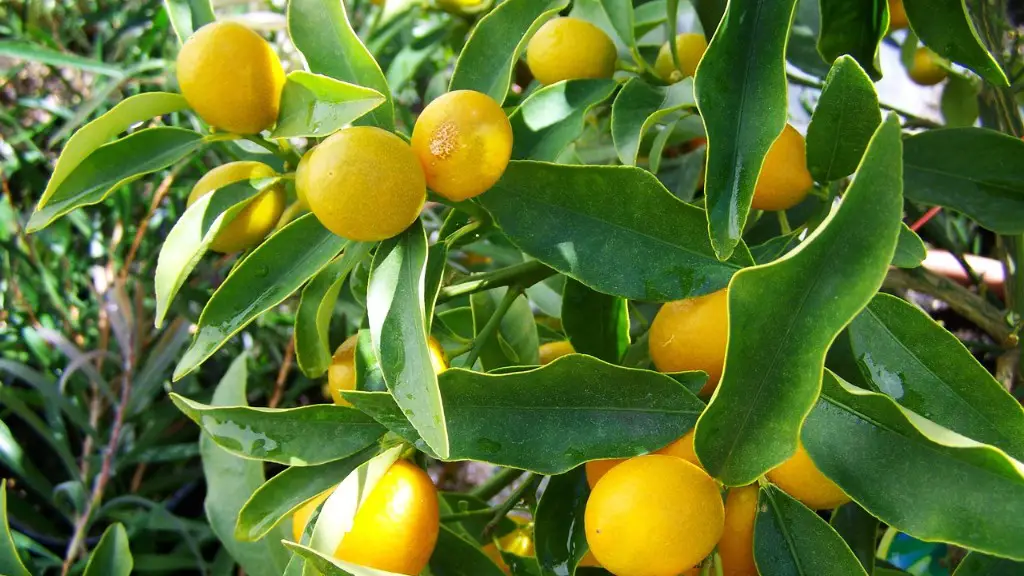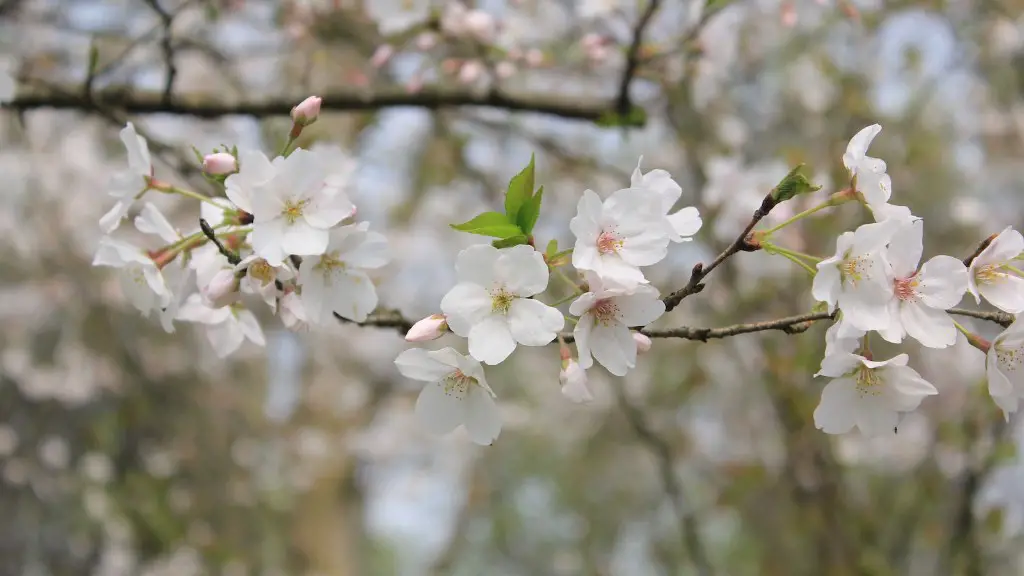At a glance, it may appear to be a simple proposition to transplant a lemon tree, yet the truth is, it is an endeavor requiring knowledge, effort, and caution. Professionals advise that the best time to transplant citrus trees, like lemons, is in the spring, wherein a tree will have the most time to establish itself, but can still be moved in the summer. The premise underlying a successful transplant is that the soil surrounding the new location must possess similar pH to the location where the lemon tree resided. If it doesn’t, the tree will suffer. Additionally, to ensure a successful transplant, the lemon tree must be pruned, and the roots severely cut in order to become suitable for the new location.
Experts suggest that digging the hole for the lemon tree in its new location should be at least twice the width of the root ball, and only as deep as that same root ball. During the transplant, it is important to cover the root ball with adequate soil, and take precaution to provide the lemon tree with enough water post-transplant, as the tree will need an ample supply. This can be a daunting process and therefore, professionals advise that for the best results, either a professional should be hired to complete the task, or guidelines be followed with extreme care.
Another key point to consider is that lemon trees become accustomed to their living environment, and are likely to be shocked when uprooted and transplanted elsewhere. To mitigate the shock, adaptive steps must be taken. This transitory period needs to be used to introduce the lemon tree to its new environment, and the tree should not be moved yet again during this timeframe.
The tree should remain in its new location for a minimum of four to five weeks in order to acclimate to the changing environment, while the surrounding area should not be cultivated in order to avoid causing any further shock. Over this period, the lemon tree should be monitored, and regular pruning should be done to promote an even cleaner shape.
To get a successful transplant, ample preparation is also needed. Planting beds need to be prepared by adding compost, mulch or well-rotted manure to increase drainage and nourish the area for a better result. Once transplanted and settled in, pruning is important to encourage the lemon tree to develop the desired shape. All in all, a lemon tree transplant is a difficult but possible task, and requires the utmost attention and caution when done.
Bush Care
Caring for a lemon tree involves proper bush care, including daily watering and necessary pruning, making sure it gets the right amount of sun and shade, mulching and providing the right nutrition. This is essential to ensure the tree grows in a balanced manner, allowing for deep and even root systems for the biggest possible yield.
In addition to regular watering, deep watering is also needed, which encourages the roots to reach deeper. The amount of water needed typically depends on the tree’s size, soil type and local climate, and the easiest way to determine when to water is to check the root area for moisture.
Mulching is also beneficial for lemon trees, as it reduces the water evaporation level and keeps the ground moist. This helps protect the roots. Likewise, proper pruning is also essential, as it encourages healthy growth, with the branches being trimmed away to let more light in and improve air circulation.
Ensuring the right nutrition is also vital. Large and established trees may need to be fed with a balanced fertilizer containing nitrogen, potassium, phosphorous, micro-nutrients, and minerals to boost flowering and fruit production. Therefore, bush care is essential for proper growth and the right yield.
Leaf Care
In addition to proper bush care, caring for lemon tree leaves is also important, as it helps keeps the leaves healthy, which in turn reduces the chances of a pest infestation. Leaves that are lacking in nutrients often turn yellow and eventually begin to drop, leading to a reduction in fruit production.
Lemon tree leaves should be checked for signs of pests and diseases, and the tree should be treated with the appropriate product for any infestations. A solution of soap and water may suffice for minor attacks, and more serious infestations may require the use of a neurotoxin spray.
Leaves should also be regularly washed, either with a wet cloth or with a sprayed solution of water and soap. This helps remove any dust that may have accumulated on the leaves, improving their condition and making them less susceptible to disease. The leaves should also be regularly pruned, which helps to maintain the shape and health of the tree.
Furthermore, the leaves should also be regularly inspected for signs of distress, such as wilting or yellowing leaves. If any of these signs are observed, the tree should be promptly irrigated, as the soil may be dry. Humidifiers and other techniques may also be used if the soil is chronically low in moisture.
Finally, to ensure proper leaf care, the tree should be shielded from extreme weather conditions, which can damage or burn the leaves, weakening them and making them more vulnerable to pests and diseases. All of these steps will help ensure that the tree’s leaves remain healthy and vibrant.
Fruit Care
Fruit care is also essential for optimal yield and overall health of the lemon tree. Fruits may form throughout the year depending on the variety, and should be regularly checked for any signs of pest infestations or diseases.
Fruits can be harvested when they reach the desired size and colour, which varies among the different varieties. Signs of ripeness also include soft skin paired with a strong aroma, but some varieties require more detailed inspections for a proper assessment of ripeness.
Environmental factors are also important for healthy fruits. Avoiding extremes of light and temperature during the flowering period will help reduce stress on the tree and ensure good quality fruits. Replanting in a new location may also be beneficial for plants that are exposed to extreme weather, or for those that are receiving too much or too little sunlight.
Cracked or damaged fruits should be trimmed and discarded to avoid infecting other fruits, while any discoloured or undersized fruits should be removed to ensure the proper growth of the remaining fruits.
Finally, fertilizers should be applied regularly according to the season to ensure a good yield and healthy fruits. Quality fertilizers should be chosen that are suitable for the type of soil, temperature and climate in the area.
Pest Control
Proper pest control is important for lemon trees. Common pests include citrus leaf miners and aphids, which can damage the tree by feeding on the leaves and fruits, respectively. To prevent infestations, it is important to regularly check the tree for any signs of pests and take action as soon as possible if any are found.
Aphids can be removed by spraying them with a mixture of soap and water, while citrus leaf miners may require more specialized treatment. Pesticides should be chosen carefully, as many chemical pest control methods can be damaging to the tree. As an alternative, companion planting and natural predator control can be used to combat pests naturally.
Weed control is also important for healthy growth, as weeds can compete with the tree for nutrients and water. Weeds can be removed by hand or mechanically, and some herbicides can also be used to prevent their spread.
In addition, nutrition is also important for lemon trees. Planting beds should be prepared with compost or manure to ensure adequate nutrition for the plants. Nutrients should also be applied at regular intervals to ensure that the tree is getting the proper amount of nutrition for healthy growth.
Finally, proper maintenance is key for a healthy lemon tree. Trees should be watered regularly and the soil should be inspected for pests or diseases. Trees should also be pruned regularly to ensure they remain in the desired shape, while leaves should also be treated with care to prevent any pest infestations or diseases.





